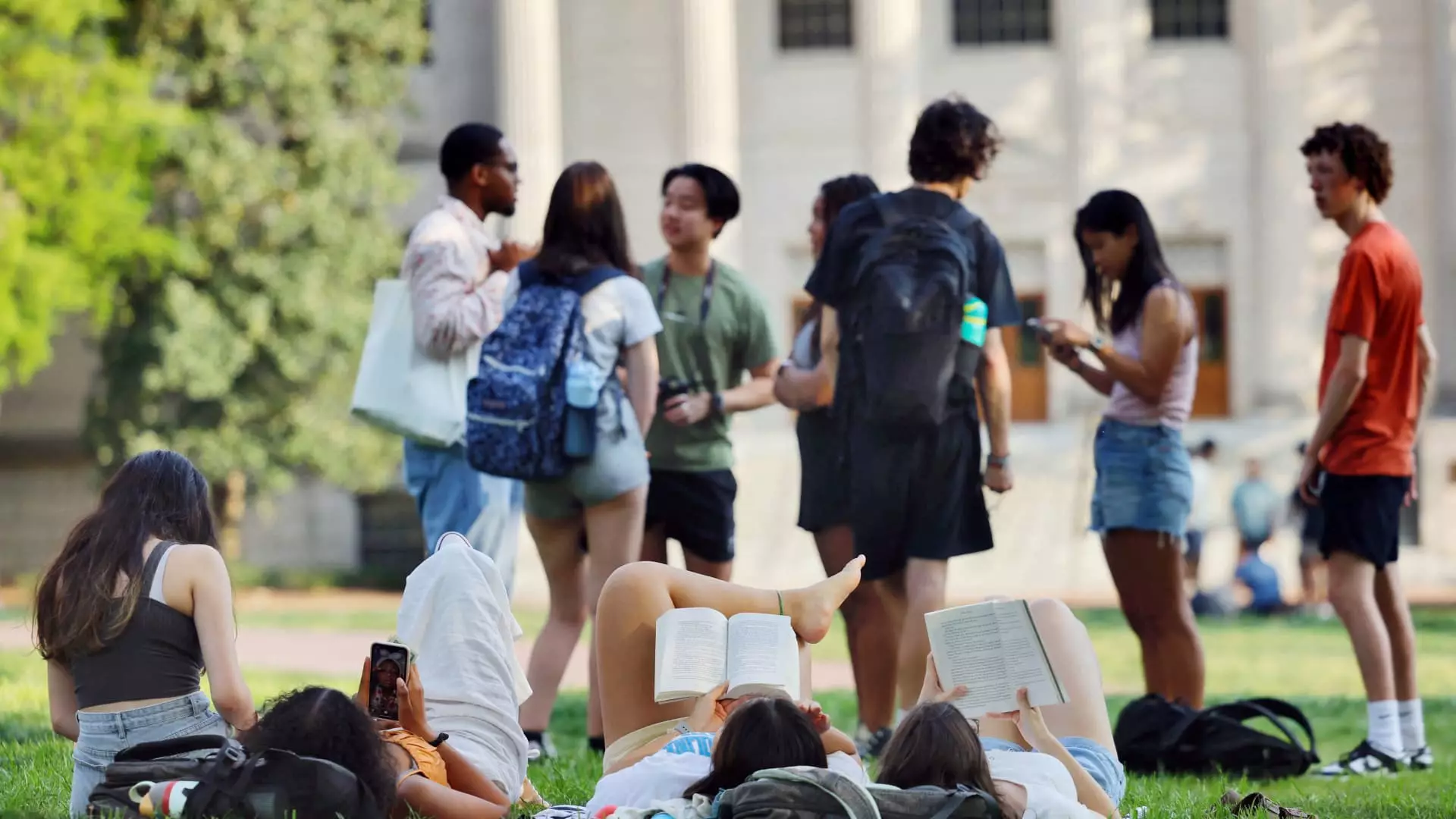For years, policymakers and educational institutions have relied heavily on government-reported data to gauge the strength and appeal of the U.S. higher education system. However, recent revelations expose a troubling discrepancy: the supposed decline in international student enrollment was merely an artifact of flawed data collection and reporting. A deeper analysis by academic expert Chris Glass uncovers that the Department of Homeland Security (DHS) underreported international enrollments by over 200,000 students—a staggering error that fundamentally distorts perceptions of U.S. educational attractiveness. This misreporting isn’t just a statistical slip; it reflects a systemic lapse that undermines trust and hampers informed decision-making.
The corrected figures, now acknowledging over 1.29 million international students in the 2023-24 academic year, dramatically reshape the narrative. Contrary to earlier reports of decline, the revised data indicates a healthy 6.5% growth compared to the previous year. This aligns with other reputable sources such as the Open Doors report by the Institute of International Education, casting doubt on the narrative of America’s declining appeal to international students. The key lesson here is that data integrity matters profoundly—misleading numbers can fuel unnecessary panic or misguided policy measures that threaten the very fabric of global educational exchange.
Political Manipulation and the Threat to International Education
As the data correction gains attention, it’s impossible to ignore the political context that has recently enveloped international student policies. The Trump administration’s aggressive stance on student visas culminated in drastic measures, such as the termination of Harvard’s student and exchange visitor program certification. Such actions weren’t rooted primarily in security concerns but appeared motivated by broader ideological objectives—aiming to curb the inflow of international students and reshape the country’s educational landscape.
Harvard’s case exemplifies the political weaponization of immigration policy, where legal battles and injunctions reveal a disturbing trend towards militarizing, or at least securitizing, international education. The Trump-era policies, combined with the misleading narratives of declining enrollment, foster an environment of uncertainty and fear. Yet, courts have temporarily halted these draconian measures, hinting at a recognition that such policies threaten the core principles of academic openness and global cooperation.
In this charged climate, the disproportionate representation of international students at elite institutions like Harvard—who now make up over a quarter of the student body—further complicates the debate. It underscores the importance of viewing international enrollment not as a threat but as a vital source of cultural exchange, innovation, and economic growth. The manipulation of data and policies to justify restrictive measures serves only to undermine the country’s long-term educational leadership and global influence.
Challenging the Narrative with a Progressive Lens
From a center-leaning liberal perspective, safe and transparent access to international education should be a fundamental goal. The recent controversies reveal how political agendas can distort facts and threaten to isolate the U.S. from its international counterparts. The data correction is a reminder that truth must always take precedence over sensationalism or protectionism disguised as security.
It’s imperative that policymakers recognize the multifaceted benefits of international students—culturally, economically, and academically. Limiting entry or creating fear around visa policies does a disservice to the nation’s progress in a globally interconnected world. Instead, investment in immigration infrastructure and fair, transparent processes should be prioritized, reinforcing the U.S. as a welcoming hub for talent and innovation.
While critiques rightly point out the uneven distribution of international students—highly concentrated in institutions like Harvard—the solution isn’t punitive restrictions but targeted reforms that democratize access and promote diversity. Embracing the reality that international students are an asset, rather than a threat, is essential for fostering a more equitable, progressive, and globally engaged higher education system.


Leave a Reply